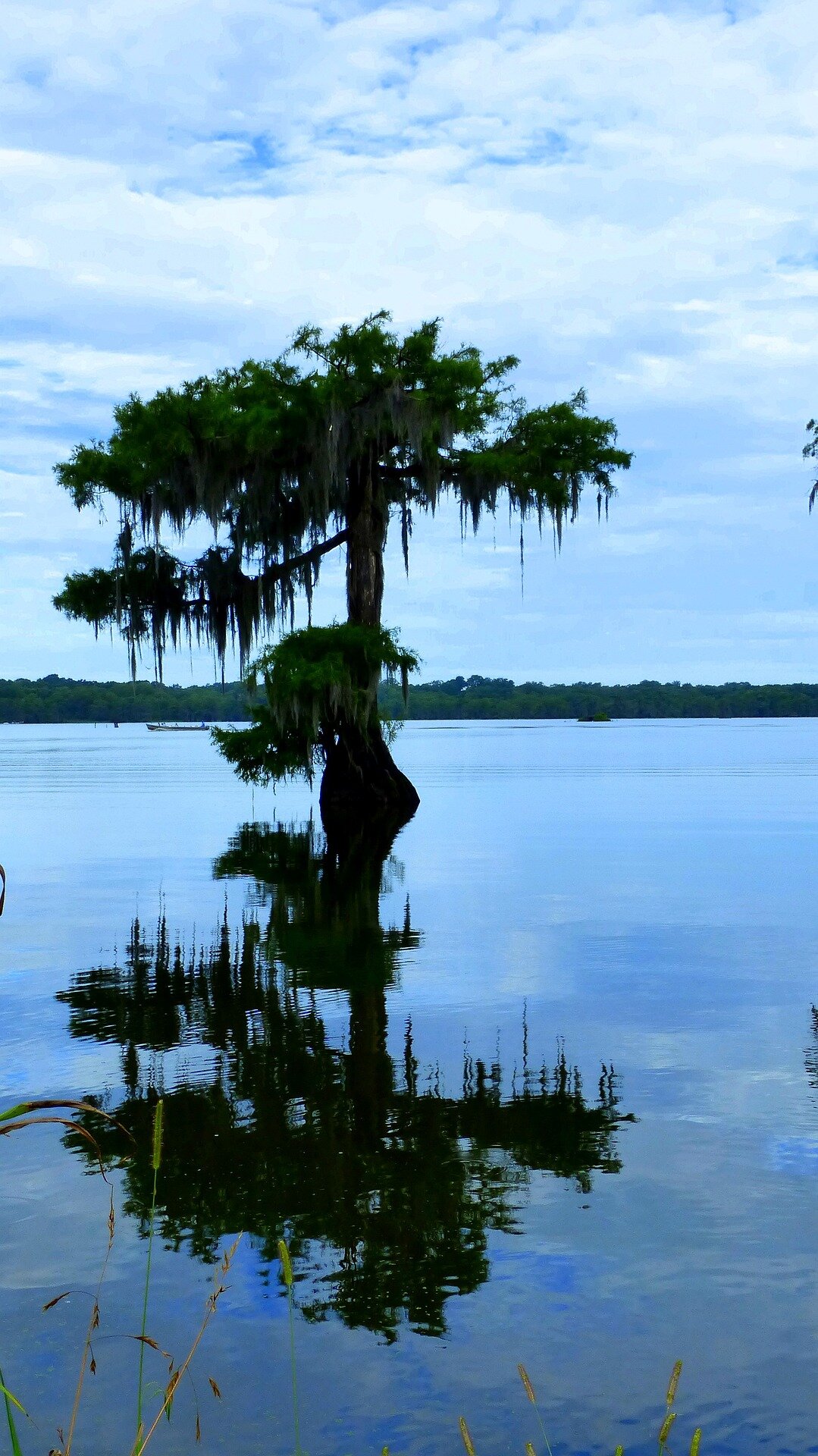A new Tulane University study published in Nature Communications offers a glimpse into the possible impact of climate change on coastal wetlands 50 years or longer into the future.
Scientists are usually forced to rely on computer models to project the long-term effects of rising seas. But an unexpected set of circumstances enabled a real-world experiment along the U.S. Gulf Coast.
An extensive network of nearly 400 monitoring sites was established along the Louisiana coast after hurricanes Katrina and Rita. Then the rate of sea-level rise in the region surged to more than 10 millimeters (half an inch) per year—at least three times the global average. That exposed the region to the kind of ocean rise not expected until around 2070. The accelerated rise created a unique opportunity to determine whether the marshes can survive that pace of coastal flooding.


